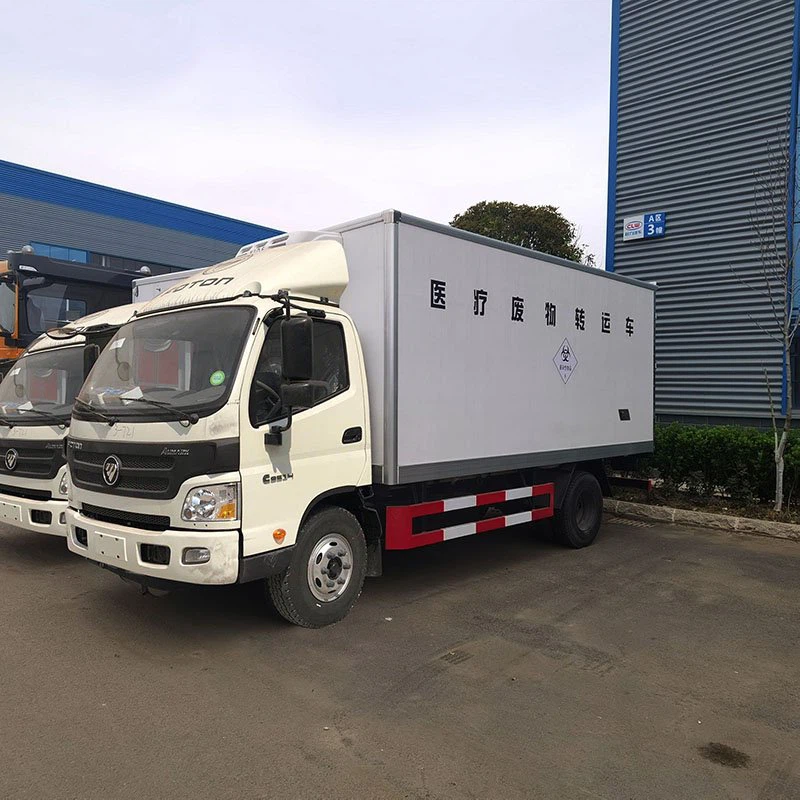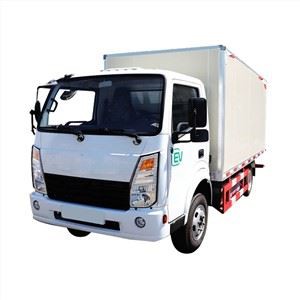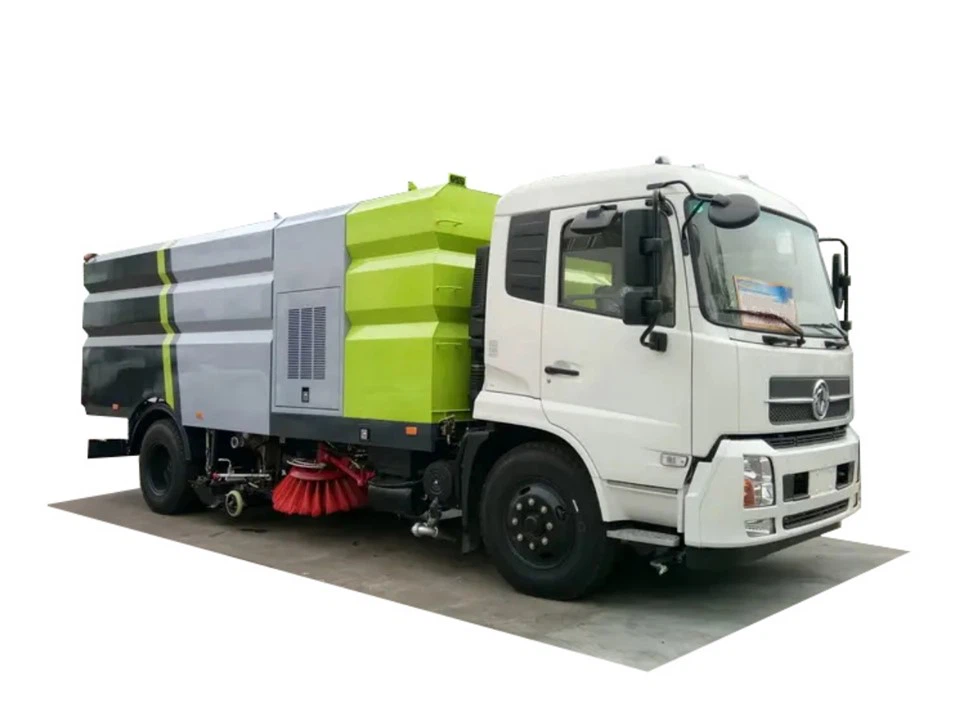Everything You Need to Know About Trash Truck Stickers

In recent years, creative and personalized waste management solutions have begun to gain popularity among communities. Among these, trash truck stickers have emerged as an innovative way to promote civic pride, enhance community engagement, and educate the public about the importance of waste disposal. This article will delve deep into the world of trash truck stickers, their uses, benefits, and tips for implementing them effectively in your community.
What Are Trash Truck Stickers?
Trash truck stickers are decorative or informative decals placed on garbage collection vehicles. They can include artwork, messages, or educational material about recycling and waste reduction. Often, stickers are created to reflect community values, promote local events, or raise awareness of environmental issues.
Types of Trash Truck Stickers
Trash truck stickers can vary significantly in design and purpose. Here are some common types:
- Promotional Stickers: These may advertise local businesses or events.
- Educational Stickers: Designed to inform residents about recycling protocols and proper waste disposal.
- Community Pride Stickers: Artwork or slogans that celebrate the local culture and environment.
Benefits of Using Trash Truck Stickers
1. Community Engagement

Trash truck stickers can foster community pride and engagement. By incorporating local art or messages, municipalities can encourage residents to take ownership of their waste management practices.

2. Educational Impact
Educational stickers can serve as constant reminders for proper recycling and waste disposal. Simple graphics and messages can communicate essential information easily understood by citizens of all ages.
3. Aesthetic Appeal
Transforming plain garbage trucks into visually appealing vehicles can brighten neighborhoods and contribute to the community’s aesthetic. Vibrant and engaging designs can stimulate conversations around waste management.

4. Promoting Local Businesses
Advertising local businesses on trash trucks can provide them with a unique platform to reach prospective customers, enhancing community ties and supporting the local economy.
5. Environmental Awareness
Stickers can focus on environmental issues, influencing people’s behavior towards waste reduction and sustainability. This can ultimately lead to a cleaner, greener community.
How to Design Trash Truck Stickers
1. Collaborate with Local Artists
Local artists can help create unique designs that resonate with the community. Organizing a design contest can be an excellent way to involve residents and showcase local talent.
2. Keep It Simple
When designing stickers, simplicity is key. Clear, concise messages are more likely to be seen and retained. Avoid clutter in the design and focus on a singular idea or artwork.
3. Use Bold Colors
Bright and bold colors can attract attention. Choosing a color palette that is representative of the community can further enhance the design’s impact.
4. Incorporate Educational Elements
Including educational messaging about recycling and waste sorting can provide practical value. Consider using symbols or illustrations that clearly depict the correct practices.
5. Promote Inclusivity
Ensure that the designs reflect the diversity of the community. This can make all residents feel connected and represented.
Practical Examples of Trash Truck Stickers
1. Recycling Awareness Stickers
A sticker featuring the recycling symbol alongside a clear message, such as “Recycle Right! Use this for plastics only,” can help residents understand what materials go where.
2. Local Event Promotions
Designing a sticker to advertise a local festival or farmers’ market can promote community events to those who may not see conventional marketing efforts.
3. Environmental Advocacy Stickers
A sticker with a message like “Every Little Bit Counts! Reduce, Reuse, Recycle” can encourage positive behaviors among community members.
4. Featuring Local Wildlife
A sticker that highlights a local animal, such as a native bird or flower, can create awareness and inspire pride in the community’s natural environment.
5. Fun and Quirky Designs
Humorous or whimsical stickers, like a cartoon character holding a trash bag, can engage children and promote responsible waste disposal in a fun way.
Best Practices for Implementing Trash Truck Stickers
1. Obtain Necessary Permissions
Before launching a trash truck sticker program, ensure that you have the required permissions from municipal authorities and adhere to any regulations regarding public signage.
2. Involve the Community
Engaging residents in the design and decision-making process can not only enhance participation but also ensure that the stickers resonate with community values.
3. Monitor and Evaluate Effectiveness
After implementation, it’s essential to assess the impact of the stickers. Gathering feedback from the community can help improve future designs and initiatives.
4. Plan Regular Updates
Consider changing the designs periodically to maintain interest and awareness. Seasonal designs, or stickers that change based on community events, can keep the initiative fresh.
5. Use Quality Materials
Ensure that stickers are made from durable materials that can withstand the elements. High-quality materials will ensure that stickers remain visible and appealing for longer periods.
Cost Considerations for Trash Truck Stickers
| Expense Type | Estimated Cost |
|---|---|
| Design Services | $200 – $1000 |
| Sticker Production | $0.50 – $5 per sticker |
| Installation and Maintenance | $50 – $200 |
| Community Engagement Events | $100 – $500 |
Environmental Impact of Trash Truck Stickers
1. Reducing Landfill Contribution
By encouraging proper waste disposal practices through educational stickers, communities can significantly reduce the amount of waste sent to landfills.
2. Promoting Recycling and Reuse
Stickers that emphasize recycling and reusing materials can create awareness that will help to extend the life cycle of products and reduce environmental strain.
3. Supporting Local Initiatives
As communities embrace trash truck stickers, they often intertwine with broader environmental initiatives, including clean-up events and conservation efforts.
Frequently Asked Questions (FAQs)
1. How can communities get started with trash truck stickers?
Communities can start by organizing brainstorming sessions and collaborating with local artists to design stickers. Ensure to follow city regulations regarding public signage.
2. What materials are recommended for durable stickers?
Vinyl stickers are often preferred for trash trucks due to their durability and weather-resistant properties. Ensure they have strong adhesive backing for long-lasting application.
3. Can trash truck stickers be educational?
Yes! Trash truck stickers are an excellent medium for educational information about proper waste disposal, recycling guidelines, and eco-friendly tips.
4. What’s the average cost of implementing a trash truck sticker program?
Costs can vary widely depending on design, production, and municipal engagement but typically range from a few hundred to a couple of thousand dollars.
5. How can we measure the effectiveness of trash truck stickers?
Communities can measure effectiveness through surveys, feedback sessions, and monitoring changes in community behavior regarding recycling and waste disposal.
6. Are trash truck stickers suitable for all communities?
Yes, trash truck stickers can be customized to fit any community’s unique culture, needs, and values, making them universally applicable and beneficial.
